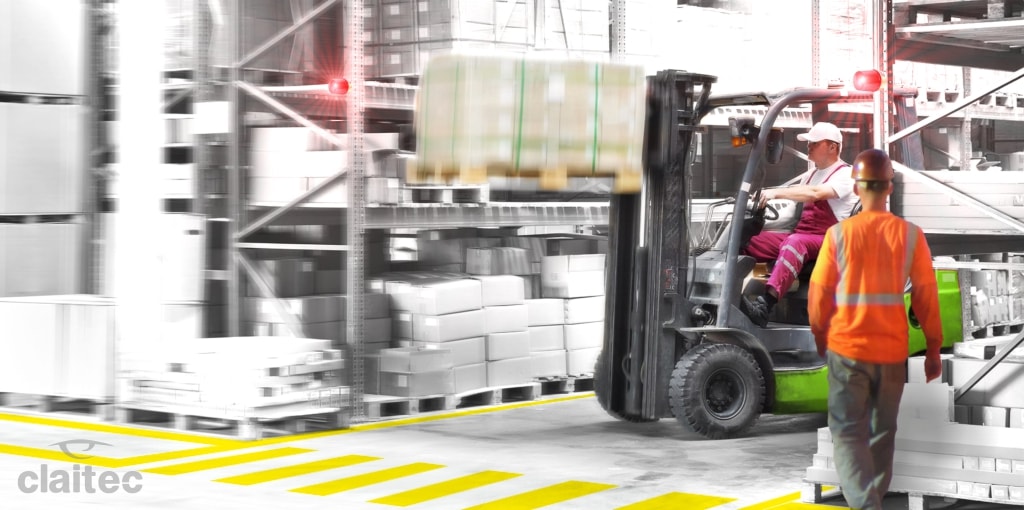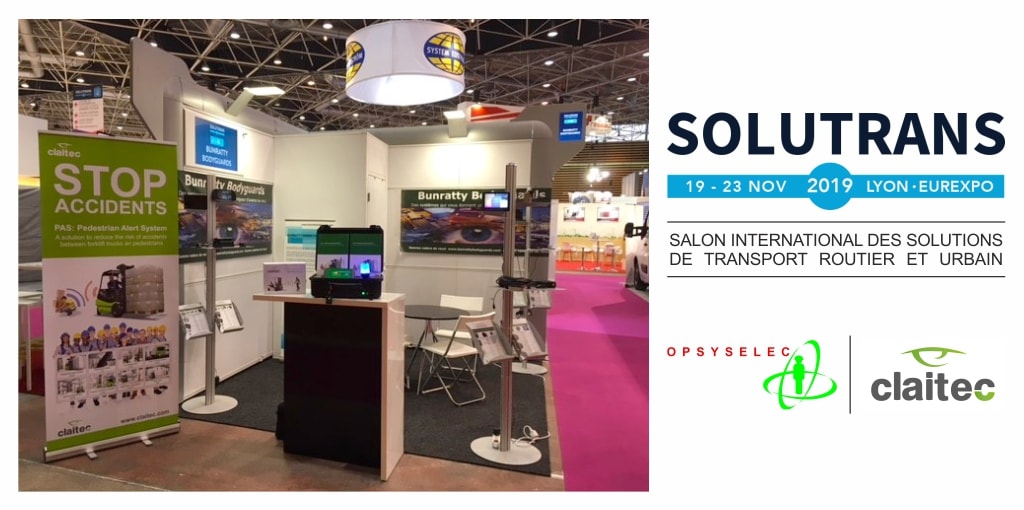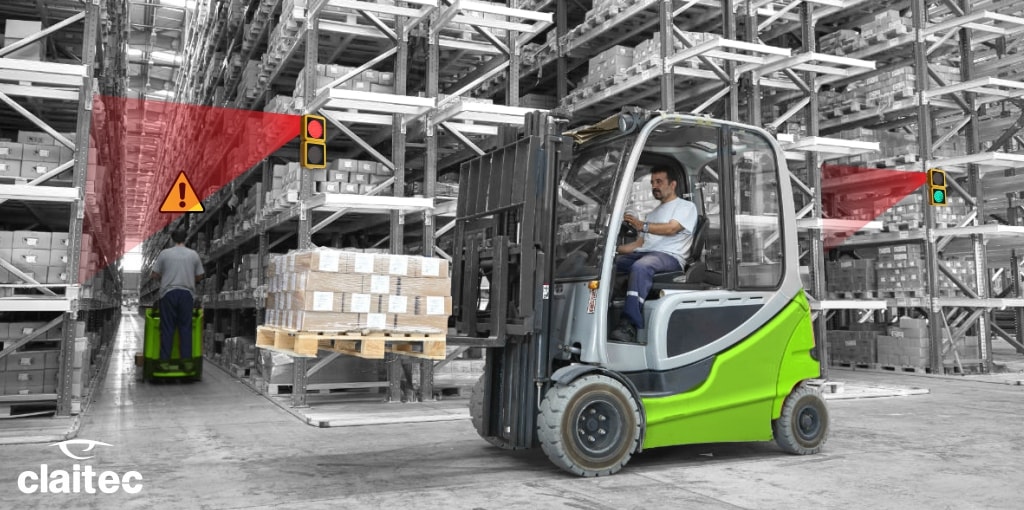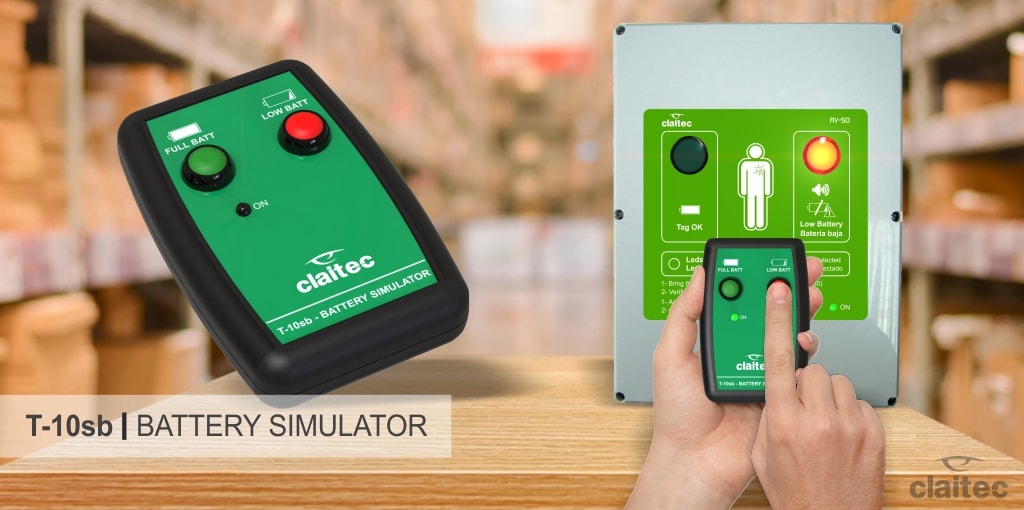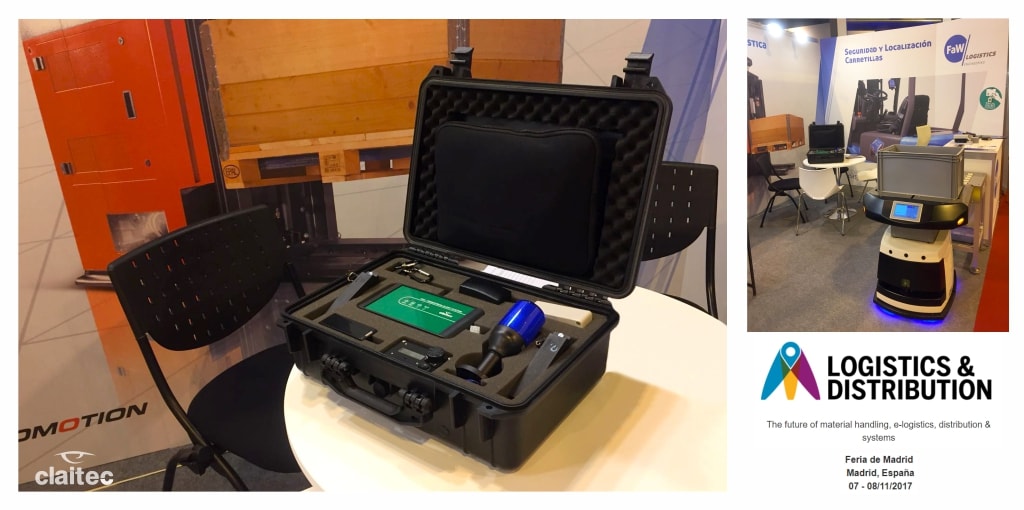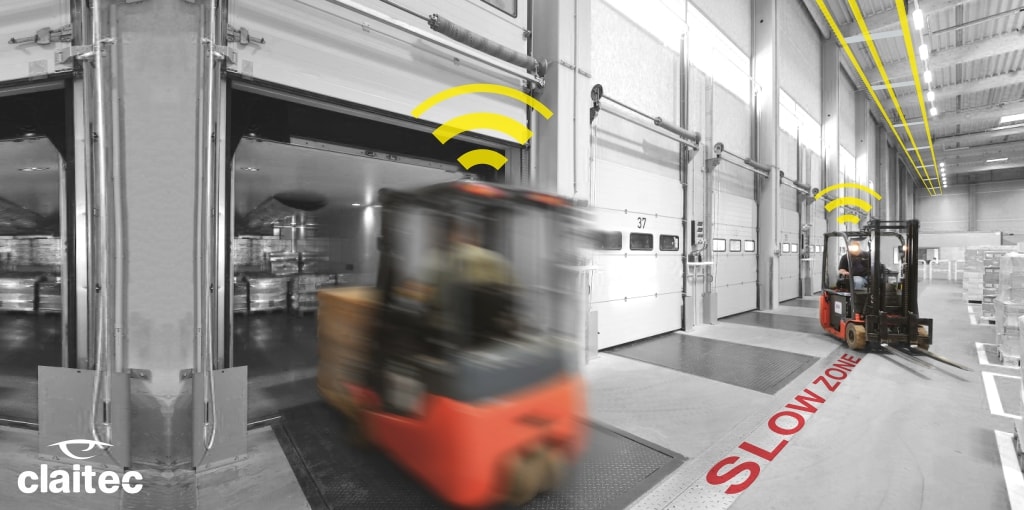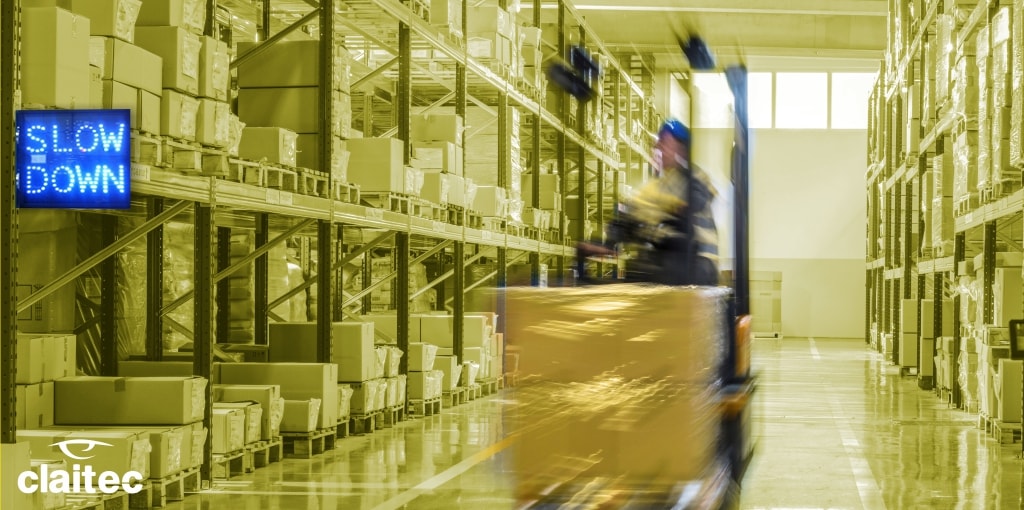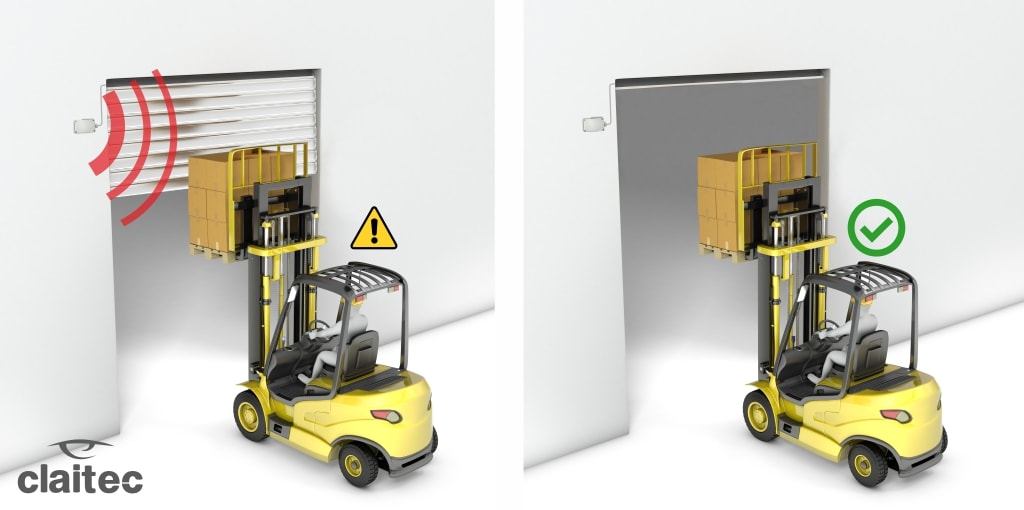In our previous post we talked about the NAS Solution – an extremely useful tool that helps “amplify” the spaces in the areas where forklifts are manoeuvring and cargo is being handled. Continuing along those lines, today we’d like to introduce another of our developments also designed to improve circulation in industrial areas, and particularly to help prevent accidents involving operators and vehicles for industrial use. We are talking about the BS Solution for blind spots.
The Blind Spot (BS) System consists of a solution that uses previously installed traffic lights to indicate who has preference in industrial intersections – whether the drivers or the workers on foot.
The BS System is very easy to install, and it only requires a RFID trigger, traffic lights, a personal key ring for operators and tags for the forklifts. Pedestrians can carry the tags easily in their key rings or with their ID cards, for example, and so can the forklifts. The tags then emit light signals when an activator detects them and the traffic light later indicates who was the right to circulate.
This is a particularly helpful solution in loading and unloading areas; when manoeuvring in areas with low visibility; in areas where pedestrians and forklifts intersect; and in spaces with a lot of traffic and forklift movement.
Experience has shown that once the BS Solution is installed, the risks of being run over by forklifts and pedestrians are minimised, as are collisions between forklifts in areas of limited visibility. In addition, the equipment is characterised by the durability and robustness of its devices that easily withstand their intensive daily usage.
For more information about this solution or to learn more about our products, please don’t hesitate to contact us at this address: https://claitec.com/en/contact/
